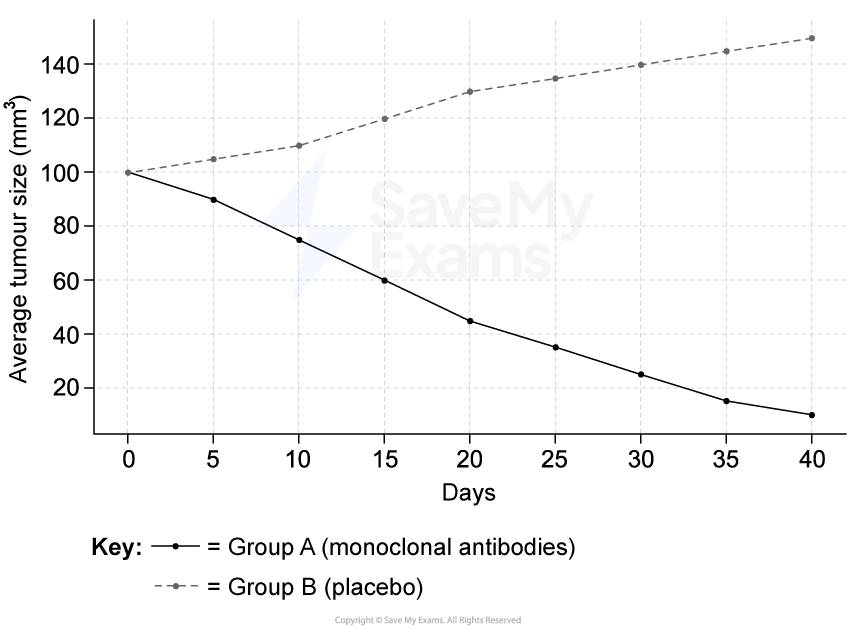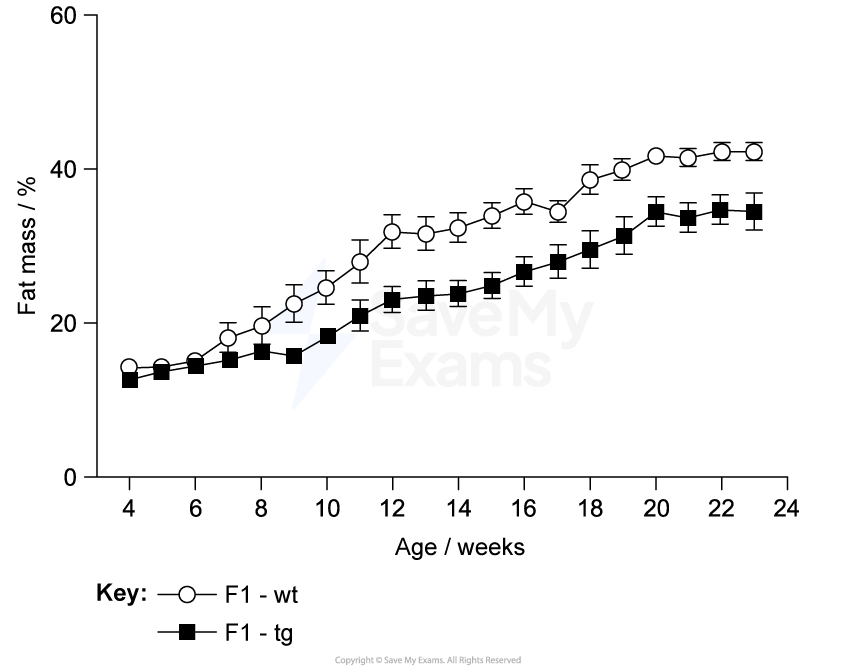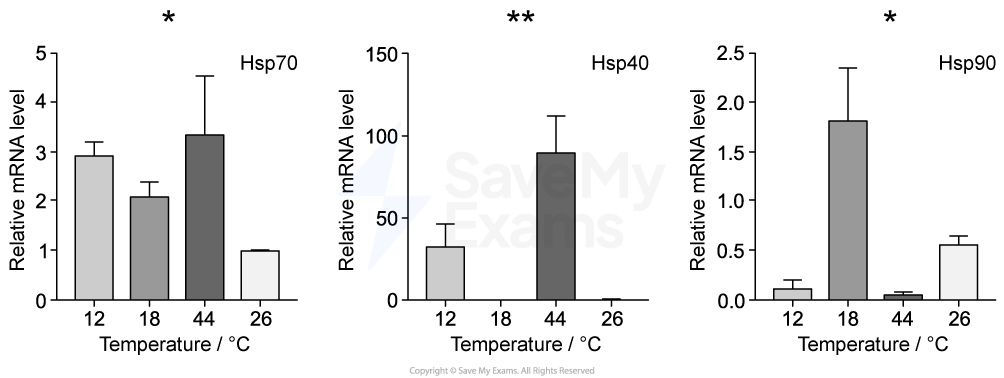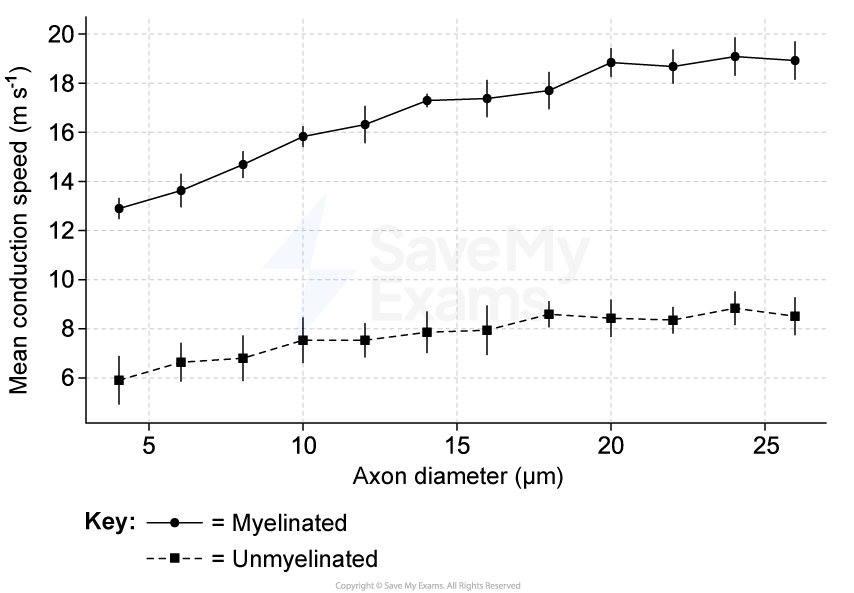A group of scientists studied a nitrate-rich fertiliser to determine its effect on the rate of photosynthesis in tomato plants. They measured the mean oxygen production rate in two groups of 20 plants after 10 days. Plants were grown in a greenhouse where light intensity, water and CO2 levels were controlled. Their results are shown in Table 1 below.
Table 1
Group | Mean O₂ production rate (cm³ / hour) | Standard deviation |
|---|---|---|
Plants with standard fertiliser | 4.3 | ±0.8 |
Plants with nitrate-rich fertiliser | 5.6 | ±1.5 |
A scientist concluded that the new fertiliser increased the rate of photosynthesis and should be used to improve crop yield in farming.
Evaluate the scientist's conclusion.
One scientist suggested that nitrate-rich fertiliser increases photosynthesis by increasing the production of rubisco.
(i) Explain how nitrate could increase photosynthesis by increasing the production of Rubisco.
[3]
(ii) Suggest one way that the scientists could determine levels of Rubisco production.
[1]
A second group of researchers investigated the effect of a pesticide (Spinosad) on tomato plant growth and tomato pest populations. Tomato plants were grown in identical greenhouse conditions and split into two groups:
Group A: plants treated weekly with Spinosad
Group B: control group — no pesticide applied
Both groups were exposed to the same number of whiteflies, a common tomato pest.
Table 2 shows the measured outcomes after 30 days.
Table 2
Variable | Group A | Group B |
|---|---|---|
Mean whitefly count per plant | 25 ± 5 | 78 ± 12 |
Mean number of leaves per plant | 24 ± 3 | 19 ± 4 |
Mean fresh mass of fruit per plant (g) | 360 ± 20 | 310 ± 25 |
Mean chlorophyll concentration (mg / cm3) | 1.95 ± 0.10 | 1.65 ± 0.12 |
Calculate the percentage increase in fruit mass in plants treated with Spinosad compared to untreated plants.
Give your answer to two significant figures.
Use the data in Table 1 to explain how Spinosad may have affected the photosynthesis and fruit production of the tomato plants.
Did this page help you?




